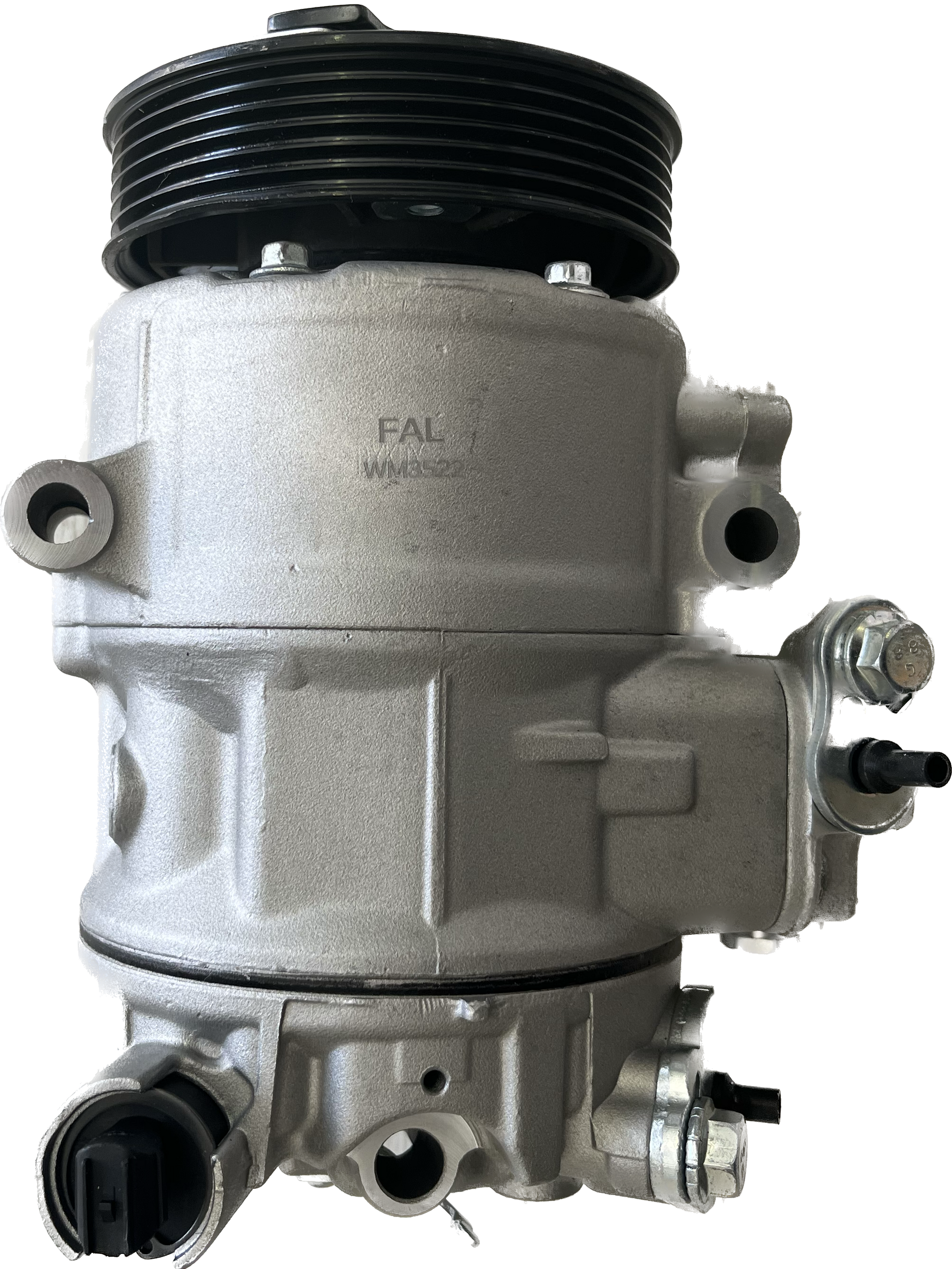Maintain smooth operations with a properly serviced clp engine.
Maintain smooth operations with a properly serviced clp engine.
Blog Article
Exactly How a Clp Engine Can Boost Efficiency in Different Industries
The development of CLP engines notes a considerable shift in functional efficiency throughout various sectors, driven by their ability to maximize gas consumption and minimize downtime. As companies increasingly prioritize sustainability along with performance, the role of CLP engines ends up being even a lot more essential.
Introduction of CLP Engines
CLP engines, or Continuous Liquid Propellant engines, stand for a considerable improvement in propulsion modern technology, specifically for room applications. These engines use a continuous feed system that enables the sustained expulsion of propellant, leading to improved effectiveness and efficiency compared to traditional solid or hybrid propulsion systems. By maintaining a consistent circulation of liquid propellant, CLP engines can achieve more specific thrust control, which is important for navigating spacecraft in different goal circumstances.
The design of CLP engines integrates innovative materials and innovative fuel management systems. clp engine. This results in lowered weight and boosted integrity, essential aspects for long-duration room objectives. In addition, the continual operation minimizes the danger of burning instability, an usual obstacle in standard rocket engines.

Benefits in Manufacturing
The production of Constant Liquid Propellant (CLP) engines presents numerous notable advantages that enhance both effectiveness and cost-effectiveness. One of the primary advantages is the structured manufacturing process, which lowers the intricacy related to standard propulsion systems. By utilizing fluid propellant, producers can attain higher precision in engine performance, bring about enhanced energy outcome and lowered waste.
Furthermore, CLP engines assist in a higher level of modularity, enabling simpler combination into various production lines. This flexibility can substantially decrease preparations and improve general functional versatility. Using CLP modern technology additionally tends to minimize the requirement for extensive maintenance because of less relocating components, which converts into lowered downtime and functional costs.

Applications in Logistics
Leveraging Continuous Fluid Propellant (CLP) engines in logistics provides significant benefits in functional efficiency and dependability. These engines offer a robust option for numerous transport requirements, allowing the seamless movement of products throughout vast ranges. The inherent design of CLP engines allows for regular power output, which converts into smoother and extra predictable transportation timetables.
One of the key applications of CLP engines in logistics remains in heavy-duty products transport, where they can drive both ground and aerial vehicles. Their capability to keep high efficiency under differing tons conditions guarantees that delivery timelines are met, thus boosting consumer complete satisfaction. In addition, CLP engines can be integrated into automated logistics systems, helping with real-time monitoring and maximizing route planning.
Furthermore, the toughness of CLP engines lowers maintenance downtime, allowing logistics firms to optimize their functional capacities. This is specifically beneficial in warehousing operations, where effectiveness in taking care of and transporting items is important. As logistics continues to advance, the assimilation official website of CLP engines represents a forward-thinking technique that not only boosts performance however also supports the industry's growing demands for integrity and speed.
Influence On Energy Efficiency
Just How do Continual Liquid Propellant (CLP) engines boost energy performance in transportation? CLP engines make use of a consistent flow of liquid fuel, enhancing combustion processes and maintaining a steady thrust output. This style minimizes energy losses related to traditional burning engines, where fuel shipment can differ and lead to inefficiencies.
The continuous operation of CLP engines permits a more efficient thermal cycle, resulting in higher certain impulse compared to conventional engines. clp engine. This equates to minimized gas consumption for the very same amount of job done, dramatically decreasing operational expenses across different transport fields, including air travel and maritime industries
In addition, the capability of CLP engines to preserve optimal performance under varying tons conditions decreases the demand for regular velocity my explanation and slowdown, better enhancing fuel performance. Enhanced energy effectiveness not just contributes to set you back financial savings yet likewise causes reduce greenhouse gas exhausts, aligning with international sustainability goals.
Future Trends and Innovations
Arising improvements in Continuous Fluid Propellant (CLP) engine technology promise to transform the landscape of transportation efficiency and sustainability. As markets pivot towards greener options, CLP engines stand at the forefront, incorporating cutting-edge products and layout techniques that boost efficiency while decreasing ecological effect.
One of one of the most encouraging patterns is the adoption of hybrid systems that incorporate CLP engines with sustainable power sources. This harmony can enhance fuel intake and decrease discharges, lining up with international sustainability objectives. Developments in computational fluid characteristics (CFD) are facilitating the style of more aerodynamically effective engines, leading to decreased drag and boosted gas efficiency.
Moreover, the development of smart surveillance systems is established to improve functional performances. These systems leverage information analytics and IoT modern technology to optimize engine performance in real-time, guaranteeing that the engines run within their most effective parameters.
As study continues to check out different propellant formulations-- such as biofuels and synthetic gas-- the future of CLP engines looks promising. By using these developments, sectors can not only improve their efficiency but likewise contribute significantly to a cleaner, much more sustainable future in transport.
Verdict
Finally, CLP engines stand for a considerable improvement in effectiveness across several markets. Their ability to enhance gas usage and lower operational prices, integrated with a constant feed system, enhances power outcome her response and functional reliability. The assimilation of advanced materials and fewer moving parts lessens maintenance needs, while positioning with sustainability goals placements CLP engines as a pivotal technology for the future. Continued advancement in this area assures additional improvements in effectiveness and ecological efficiency.
Report this page